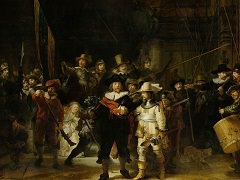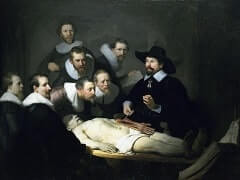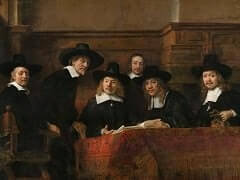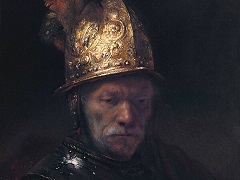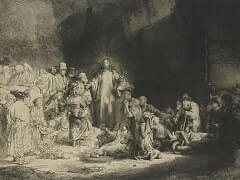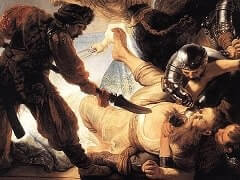The Polish Rider by Rembrandt van Rijn
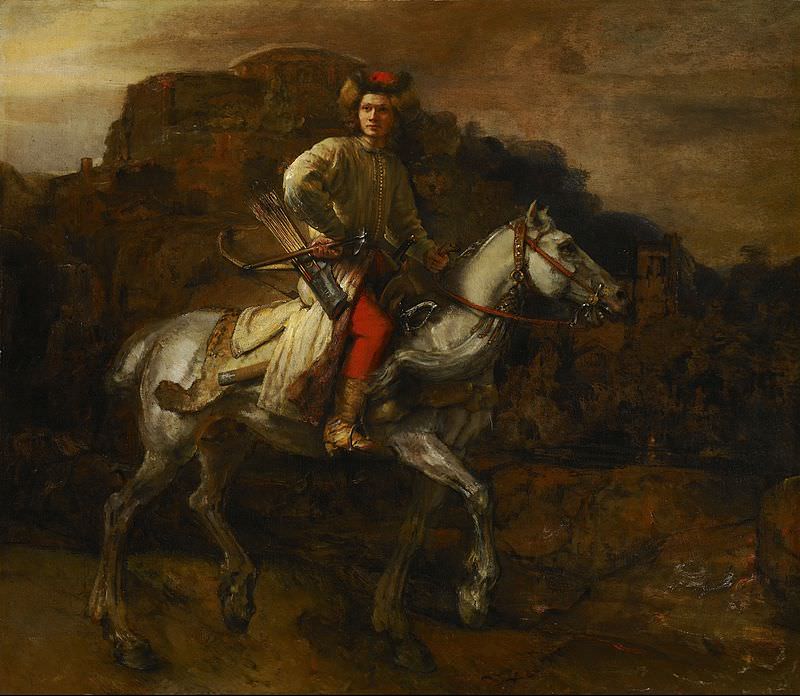
This portrait of a young man on horseback was discovered by the great Rembrandt scholar and Director of the Mauritshuis, Abraham Bredius, in the castle at Dzikow in Galicia in 1897. The precise
subject has been a matter of debate. It has been interpreted both as an allegorical portrait of the Christian knight defending Christendom against the infidel and as a portrait of one of the young
Polish aristocrats who studied at Dutch universities in the seventeenth century.
It is possible that Rembrandt intended simply to represent a foreign soldier, a theme popular in his time in European art, especially in prints. Nevertheless, Rembrandt's intentions in
The Polish Rider seem clearly to transcend a simple expression of delight in the exotic. The painting has also been described as a latter-day Miles Christianus (Soldier of Christ), an
apotheosis of the mounted soldiers who were still defending Eastern Europe against the Turks in the seventeenth century. Many have felt that the youthful rider faces unknown dangers in the strange
and somber landscape, with its mountainous rocks crowned by a mysterious building, its dark water, and the distant flare of a fire.


